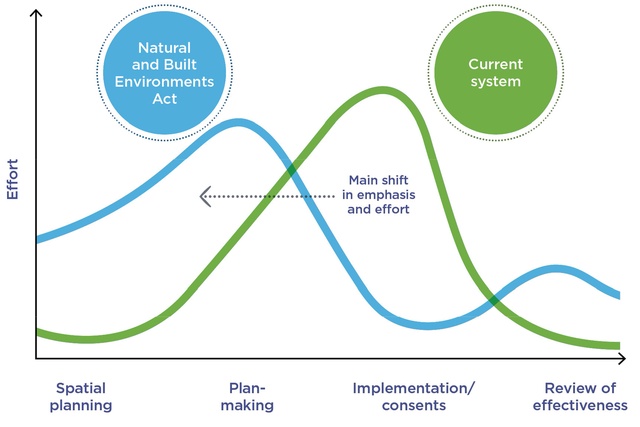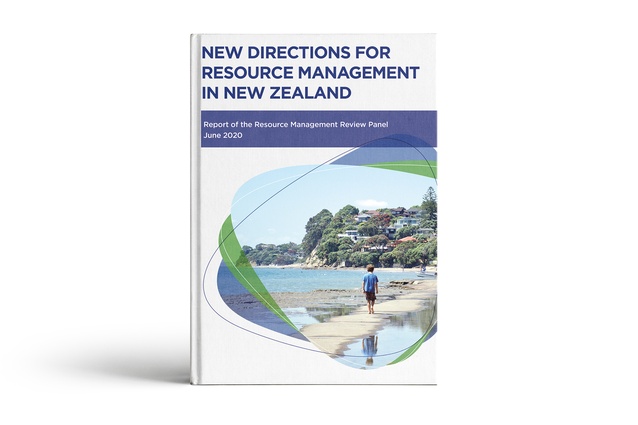Resource Management Act Randerson Report: Part 2
The government has received the Randerson Report, a highly overdue review of the 1991 Resource Management Act. We ask a few professionals what this might mean for the architecture industry and their early impressions of the report.
On 29 July 2020, the government received an independent review of the Resource Management Act (RMA). The nearly 600 page document, prepared by retired Court of Appeal Judge Tony Randerson QC, gives advice on how to move forward by practically repealling the RMA and starting again.
The current RMA has been deemed, almost unanimously, as an outdated and overly complex piece of legislation and is seen by both sides of the political spectrum as a partial cause of the housing shortage as well as stifling innovation and better managed urban growth.
Here, Graeme Scott – Distinguished Fellow of Te Kāhui Whaihanga New Zealand Institute of Architects and consultant at ASC Architects weighs in on what he thinks the Randerson Report means for the architecture industry.

Graeme Scott
For a committed urbanist, hoping to find some legislative stamp of approval on what we do, the Report by Tony Randerson’s Panel is a somewhat dispiriting read. Urban Design is referenced only peripherally, and the potential to achieve a higher standard of the overall design of our towns and cities in order to address some of the pressing issues of our time has not been explicitly canvassed.
But there is much to welcome in the report, which proposes a Natural and Built Environment Act to replace the RMA.
The main features of it are:
- A focus on ‘outcomes’ rather than the ‘effects’ focussed RMA,
- The central prominence of Te Mana o te Taiao (the fundamental importance of natural resources such as air, water and soil in sustaining all life),
- The requirement (rather than just allowing the possibility) for central government to direct Councils on a range of matters,
- Reducing complexity throughout the system.
- Requiring Regional Councils to prepare spatial plans, with just 14 for the whole country, replacing the over 100 district plans currently in use.
It is probably this last point that’s most interesting for the design community. The Panel proposes another new Act – the Strategic Planning Act – to frame the preparation of the Spatial Plans, which will require a vast amount of up-front design work. The explicit need to address a range of climate change issues through planning decisions adds a new design dimension.
Overall, the effort expended in the planning and environmental management system has been brought forward, as seen in this useful graph:

More design thought up-front, and less wrangling through the consenting phase, must be a good thing!
The report is a monumental piece of work, covering everything from the Act’s intersection with other Acts (including the Building Act), value uplift capture, and much stronger enforcement and monitoring. Let’s hope it gets some political traction.
Graeme is a Distinguished Fellow of the New Zealand Institute of Architects and for many years was a director of ASC Architects in Auckland. His role now is with the Urban Design group at Kāinga Ora, and as a developer. Graeme submitted to the Panel, calling for a specifically urban development-related act to replace the RMA in our cities.











